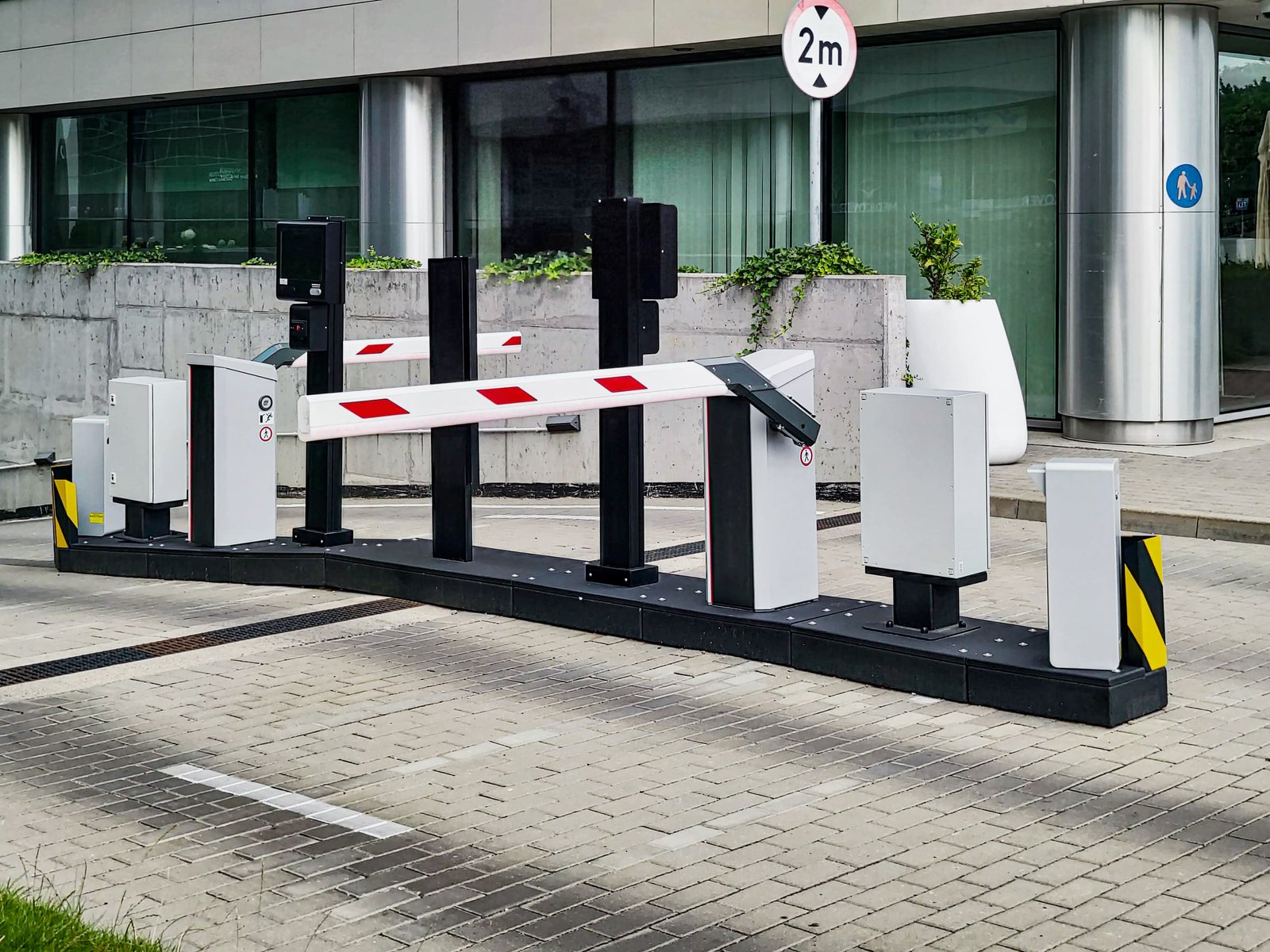

How Fast Should a Barrier Gate Open & Close? Choosing the Right Speed for Maximum Security 🚧⚡
How Fast Should a Barrier Gate Open & Close? Choosing the Right Speed for Maximum Security 🚧⚡
When selecting a barrier gate system, speed is one of the most crucial factors to consider. The right opening and closing speed impacts security, efficiency, and traffic flow, ensuring smooth operations in different locations. But how fast should a barrier gate open and close? Let’s explore how different speeds cater to various applications and security needs.
🚀 Why Does Barrier Gate Speed Matter?
A barrier gate’s speed is more than just about how quickly it moves—it affects:
✅ Security – Prevents unauthorized access and controls vehicle entry.
✅ Traffic Flow – Helps avoid congestion in busy areas.
✅ Durability – Faster speeds require stronger motors and more maintenance.
✅ Safety – Ensures smooth entry without sudden stops or delays.
Now, let’s break down different barrier speeds and where they work best!
1️⃣ High-Speed Barriers (0.6s – 1.5s) ⚡
🔹 Best for: Toll booths, expressways, busy commercial areas.
🔹 Why? Designed for rapid vehicle clearance to prevent long queues and traffic buildup.
🔹 Example: Highway toll booths where thousands of vehicles pass daily need fast gates to reduce waiting time and improve efficiency.
💡 Key Benefit: Quick access control while maintaining smooth traffic flow.
2️⃣ Medium-Speed Barriers (2s – 3s) 🚗
🔹 Best for: Shopping malls, office buildings, residential parking lots.
🔹 Why? Balances security and convenience, ensuring a smooth but controlled entry process.
🔹 Example: At a shopping mall, vehicles enter and exit at a steady pace, so a barrier that opens in 2-3 seconds allows cars to move efficiently while still maintaining security.
💡 Key Benefit: Ideal for areas with moderate traffic flow—fast enough to prevent congestion, but slow enough to prevent unauthorized access.
3️⃣ Low-Speed Barriers (4s – 6s) 🏢
🔹 Best for: Industrial areas, gated communities, government & military sites.
🔹 Why? Focuses on high security, ensuring proper vehicle inspection before allowing entry.
🔹 Example: In a customs checkpoint, the barrier should not open too fast—it must allow security personnel to check each vehicle properly.
💡 Key Benefit: Higher security control, preventing unauthorized entry and ensuring a thorough verification process.
💡 How to Choose the Right Barrier Gate Speed?
The ideal barrier speed depends on your location’s security needs and traffic flow. Here’s a simple way to decide:
📍 High-Traffic, Low-Security Areas (e.g., toll booths, commercial parking) → Use high-speed barriers for fast vehicle clearance.
📍 Moderate-Traffic, Moderate-Security Areas (e.g., malls, offices, apartments) → Use medium-speed barriers for a balance of convenience and safety.
📍 High-Security Areas (e.g., government buildings, industrial sites, military zones) → Use low-speed barriers for controlled and verified access.
🔧 Need Help Selecting the Right Barrier Gate?
Choosing the right barrier speed ensures both efficiency and security for your location. At Ranger, we provide customized barrier solutions to match your specific needs.
💡 Want expert advice? Contact us today! 📩 Let’s help you find the perfect barrier gate solution! 🚧✅
Ranger LED DC Brushless Barrier:
Ranger Pro 608 Barrier:
